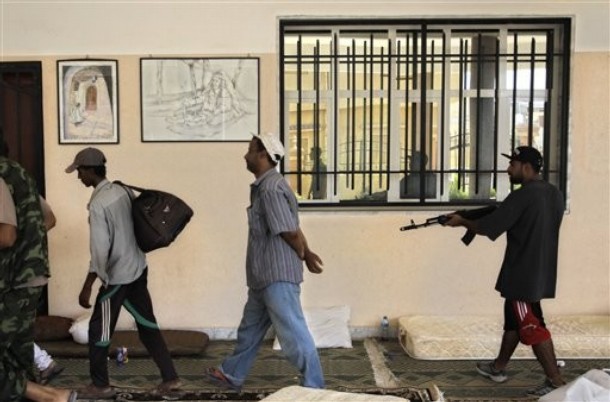
From Robert Haddick, Small Wars Journal: Although NATO explicitly stated that it had "no intention of deploying land forces anywhere in Libyan territory," the New York Times asserts that this was not the case. A NATO diplomat and another NATO official confirmed to the Times today that "Britain, France and other nations deployed special forces on the ground inside Libya to help train and arm the rebels." The NATO special forces troops almost certainly also coordinated close air support as rebel units advanced into the capital. . . .
Is Unified Protector now a model that NATO policymakers can use in future cases? It is too soon to tell. As we have seen in Afghanistan, Iraq, and elsewhere, the greatest threat to the civilian population may come in the "post-war" period when the real fighting for resources and political power is likely to begin. It would be a bitter tragedy if the ouster of Qaddafi — done in the name of protecting the population — resulted in Hobbesian chaos afterward. If this occurred, the duty of "responsibility to protect" would seem to fall heavily on NATO. And that might result in pressure to deploy a large stabilization force into Libya, the very outcome the Unified Protector strategy was designed to avoid.
The campaigns in Kosovo in 1999, Afghanistan in 2001, Iraq in 2003, and Libya in 2011 show that it takes surprisingly little military power to overthrow brittle authoritarian regimes. It takes more than air power — in all of these cases, indigenous or outside ground forces were an essential element of military success. What has yet to be demonstrated in recent memory is whether there can be a relatively bloodless transition to a new political order without a large outside stabilization force. NATO leaders are hoping that Libya will be the first such case, or at least that they can keep thousands of NATO boots out of Libya. We’ll see.
Image: ap%208%2023%2011%20Captured%20loyalists.jpg
